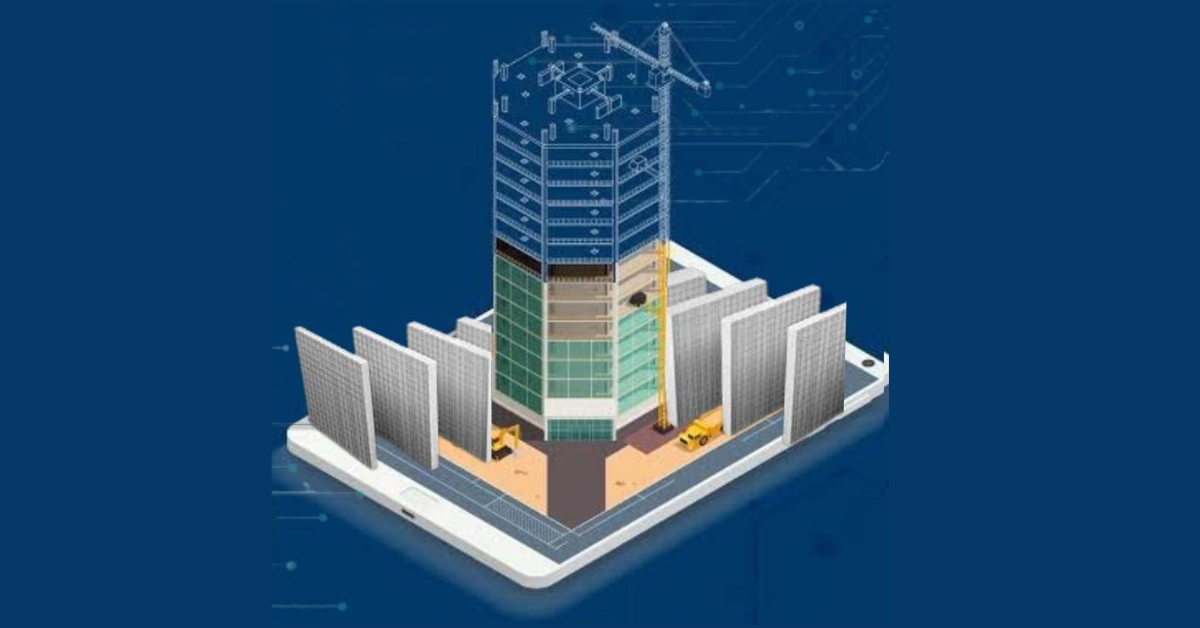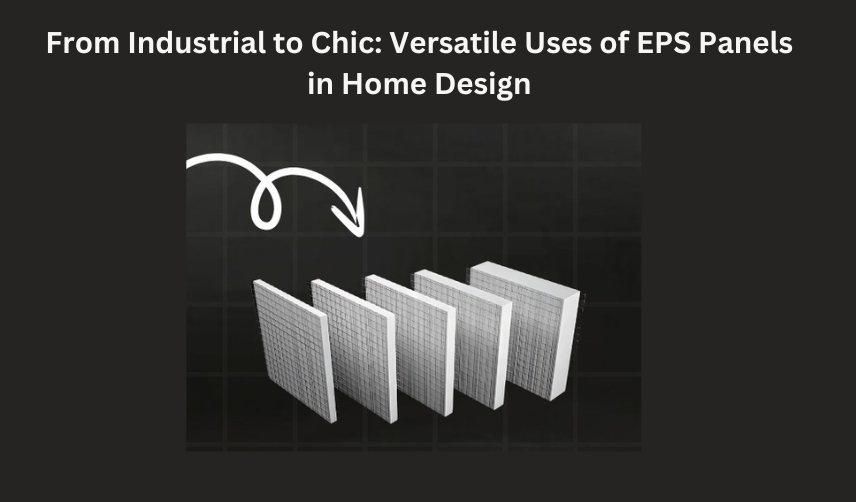In the ever-evolving world of home design, materials and techniques continue to advance, providing homeowners with new ways to enhance the aesthetics and functionality of their living spaces. One such material that has gained significant traction is EPS (Expanded Polystyrene) wall panels. Originally recognized for their industrial applications, EPS wall panels have made a seamless transition into the realm of residential design, offering a blend of practicality and style. This blog post delves into the versatile uses of EPS wall panels in home design, exploring their benefits and innovative applications that can transform any living space from industrial to chic.
Table of Contents
ToggleWhat are EPS Panels?
EPS panels are made from expanded polystyrene, a lightweight, rigid, and thermally efficient material. These panels are produced by expanding polystyrene beads and fusing them together to form a solid structure. The result is a highly durable and insulating material that is both cost-effective and environmentally friendly. Initially used in industrial and commercial settings for insulation and structural purposes, EPS wall panels have now found their way into residential applications, thanks to their versatility and numerous advantages.
Benefits of EPS Panels in Home Design
1. Insulation and Energy Efficiency
One of the primary benefits of EPS panels is their excellent insulating properties. EPS has a high thermal resistance (R-value), which helps in maintaining consistent indoor temperatures by reducing heat transfer. This not only enhances comfort but also significantly lowers energy consumption and utility bills. For homeowners looking to create an energy-efficient home, EPS wall panels offer a reliable solution.
2. Lightweight and Easy to Install
EPS wall panels are incredibly lightweight compared to traditional building materials like concrete or brick. This makes them easier to handle and install, reducing construction time and labor costs. Additionally, their ease of installation means less disruption to daily life during renovations or home improvement projects.
3. Sound Insulation
In addition to thermal insulation, EPS wall panels also provide excellent sound insulation. They can help reduce noise transmission between rooms and from external sources, creating a quieter and more peaceful living environment. This is particularly beneficial in urban areas or homes with open floor plans.

4. Durability and Strength
Despite their lightweight nature, EPS wall panels are remarkably strong and durable. They are resistant to moisture, mold, and pests, making them a long-lasting choice for both interior and exterior applications. Their robustness ensures that they can withstand the rigors of daily life without compromising structural integrity.
5. Versatility in Design
EPS wall panels offer incredible versatility in terms of design. They can be easily cut, shaped, and customized to fit various architectural styles and design preferences. Whether you’re aiming for a sleek, modern look or a more traditional aesthetic, EPS wall panels can be adapted to suit your vision.
Innovative Applications of EPS Wall Panels in Home Design
1. Interior Walls and Partitions
One of the most common uses of EPS wall panels in residential settings is for interior walls and partitions. Their lightweight and easy installation make them ideal for creating new rooms or dividing existing spaces. Homeowners can use EPS panels to design open-plan living areas, home offices, or additional bedrooms, providing flexibility in home layout.
2. Accent Walls
Accent walls are a popular design trend that adds visual interest and personality to a room. EPS wall panels can be used to create stunning accent walls with various textures and finishes. From sleek, smooth surfaces to more intricate designs like brick or wood patterns, EPS panels can mimic the appearance of traditional materials while offering the benefits of modern construction.
3. Ceiling Designs
Ceilings are often an overlooked aspect of home design, but they can significantly impact the overall aesthetic of a space. EPS wall panels can be used to create unique ceiling designs, such as coffered ceilings or decorative beams. Their lightweight nature makes them easier to install overhead, and they can be painted or finished to match the room’s decor.
4. Exterior Cladding
EPS wall panels are not limited to interior applications; they can also be used for exterior cladding. This provides an attractive and durable finish for the outside of the home while enhancing its thermal insulation. Exterior EPS panels can be designed to mimic traditional materials like stone, brick, or wood, offering a cost-effective and low-maintenance alternative.
5. Basement and Attic Insulation
Basements and attics are often challenging to insulate due to their unique structures and limited access. EPS wall panels offer an effective solution for these areas, providing both insulation and moisture resistance. Installing EPS panels in basements and attics can help regulate temperatures and prevent issues like dampness and mold.
6. Outdoor Living Spaces
With the growing popularity of outdoor living spaces, EPS wall panels can be used to create stylish and functional outdoor areas. They can be used to build outdoor kitchens, garden walls, or privacy screens. Their durability ensures they can withstand the elements, making them an ideal choice for enhancing outdoor living.
Transforming Spaces: Real-Life Examples
1. Modern Minimalism
In a modern minimalist home, EPS wall panels can be used to create clean, sleek lines and open spaces. By using panels with smooth finishes and neutral colors, homeowners can achieve a contemporary look that emphasizes simplicity and functionality. The thermal and sound insulation properties of EPS panels further enhance the comfort of the minimalist design.
2. Rustic Charm
For those who prefer a rustic or farmhouse style, EPS wall panels can be customized to mimic the appearance of wood or stone. This allows homeowners to achieve a warm and inviting look without the maintenance and cost associated with natural materials. EPS panels can be used for feature walls, kitchen backsplashes, or fireplace surrounds, adding character and charm to the home.
3. Urban Industrial
The industrial design trend embraces raw, unfinished materials and a utilitarian aesthetic. EPS wall panels can be used to create exposed brick or concrete-look walls, providing the industrial vibe without the weight and cost of traditional materials. This approach is perfect for loft apartments or modern homes seeking an edgy, urban feel.
Also, read
The Benefits of EPS Wall Panels for Energy Reduction
Conclusion
EPS wall panels have revolutionized home design by offering a versatile, cost-effective, and sustainable alternative to traditional building materials. Their benefits in insulation, soundproofing, and ease of installation make them an excellent choice for a wide range of applications, from interior walls and partitions to exterior cladding and outdoor spaces. With their ability to be customized to fit various design styles, EPS wall panels provide homeowners with the flexibility to transform their living spaces from industrial to chic, ensuring both beauty and functionality. As the demand for innovative and efficient building solutions continues to grow, EPS wall panels are poised to become a staple in modern home design.


